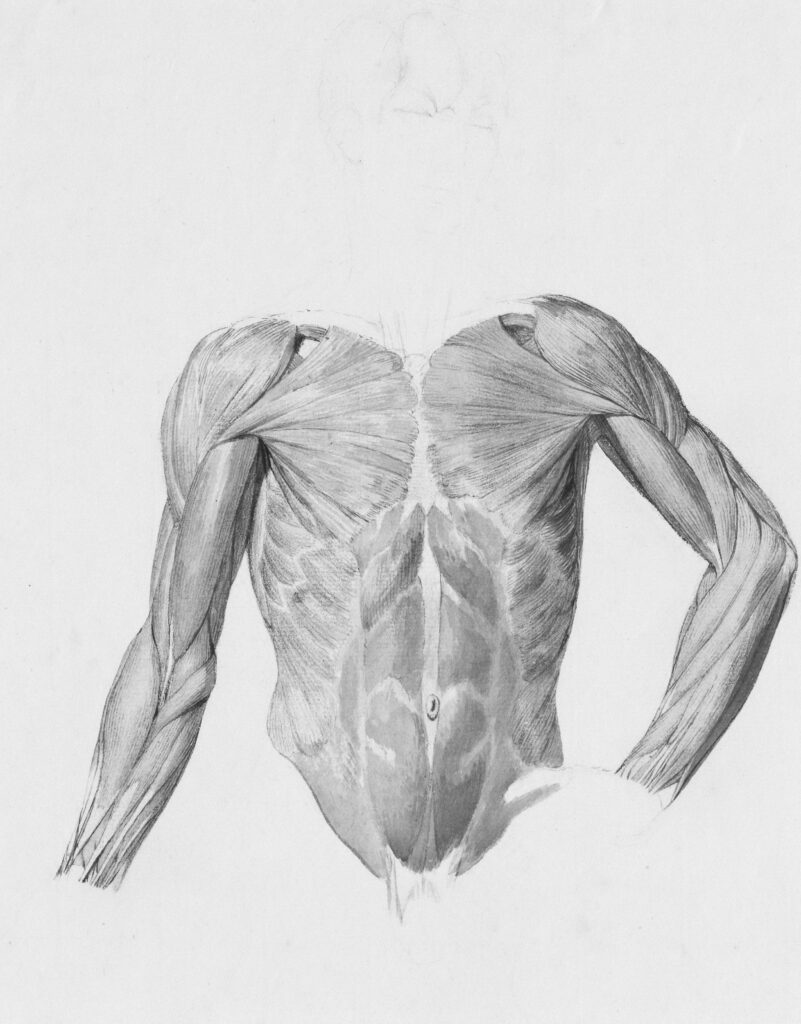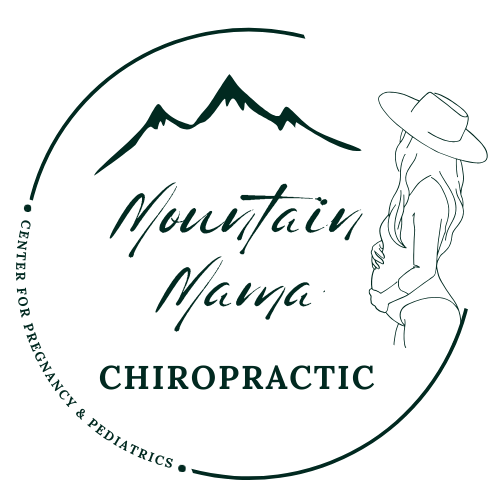If you’ve ever dealt with random muscle spasms, cramps that come out of nowhere, or that annoying eye twitch that just won’t quit—you’re not alone. These small but frustrating symptoms are your body’s way of waving a red flag. And one of the most overlooked causes? A zinc deficiency.
Zinc might not get as much attention as magnesium or vitamin D, but it plays a huge role in how your body functions—especially when it comes to muscle repair, nerve signaling, and healing.
Here’s what you need to know about zinc, why it matters more than you think, and how to naturally boost your levels with real food.
Zinc: The Underrated Muscle Helper
Zinc is an essential mineral your body uses for over 300 different processes, including:
- Cell repair
- Wound healing
- Immune defense
- Muscle recovery
- Nervous system signaling
When zinc levels are low, muscles and nerves don’t communicate well. That misfire can lead to things like:
- Random or recurring muscle spasms
- Delayed healing after a workout or injury
- Unexplained fatigue or weakness
Surprising Signs You Might Be Low in Zinc

Zinc deficiency can be subtle at first. Some of the most common early signs include:
- Muscle cramps or spasms, especially at night
- White spots on your fingernails
- Poor wound healing or easy bruising
- Loss of taste or smell
- Brain fog or difficulty focusing
- Hair thinning or hair loss
- Frequent colds or infections
Many of these are easy to dismiss as “just stress” or “not sleeping well.” But if they’re happening more often than usual, your zinc levels might be part of the puzzle.
Whole Foods High in Zinc
The good news? You can support healthy zinc levels through food—no fancy supplements required (unless directed by your provider).
Zinc-rich foods to add to your grocery list:
- Beef, lamb, and chicken – Excellent bioavailable sources
- Pumpkin seeds – A small handful packs a punch
- Cashews and almonds
- Lentils and chickpeas – Great for plant-based eaters
- Quinoa and oats
- Eggs
- Dairy products like cheese and yogurt
- Shellfish, especially oysters (super high in zinc!)
Bonus tip: Eating these with foods rich in vitamin C can help boost absorption.
How Stress and Lifestyle Deplete Zinc
If you’re a busy mom, an athlete, or just dealing with chronic stress, your body may be burning through minerals faster than you can replenish them.
Stress, illness, pregnancy, and even heavy exercise can all increase zinc requirements. Plus, certain medications can interfere with zinc absorption.
That’s why even a pretty “healthy” diet might not be cutting it for some people.
E-Stim for Muscle Spasms
If you’re dealing with recurring muscle spasms, don’t ignore them. They could be your body’s way of saying:
“Hey, I need support.”
A combination of targeted chiropractic care, gentle muscle therapies (like E-stim or massage), and smart nutrition can make a world of difference in how your muscles recover and perform.
What is E-Stim for Muscle Spasms?
Electrical Stimulation Therapy (E-Stim) uses gentle electrical pulses to stimulate your muscles and nerves. For muscle spasms, E-Stim helps relax tight muscles, improve blood flow, and reduce pain by interrupting the spasm cycle. It’s a non-invasive, drug-free way to calm down overactive muscles and support your body’s natural healing process—often used alongside chiropractic care for faster relief.
✅ Ready to Take the First Step?
We’re here to help you listen to what your body’s telling you—and support you in restoring balance, naturally.
If muscle spasms are getting in the way of your sleep, your workouts, or your energy, let’s chat.
📍 Book a quick consult or ask us about how we combine chiropractic care with natural therapies to help your body function at its best.

